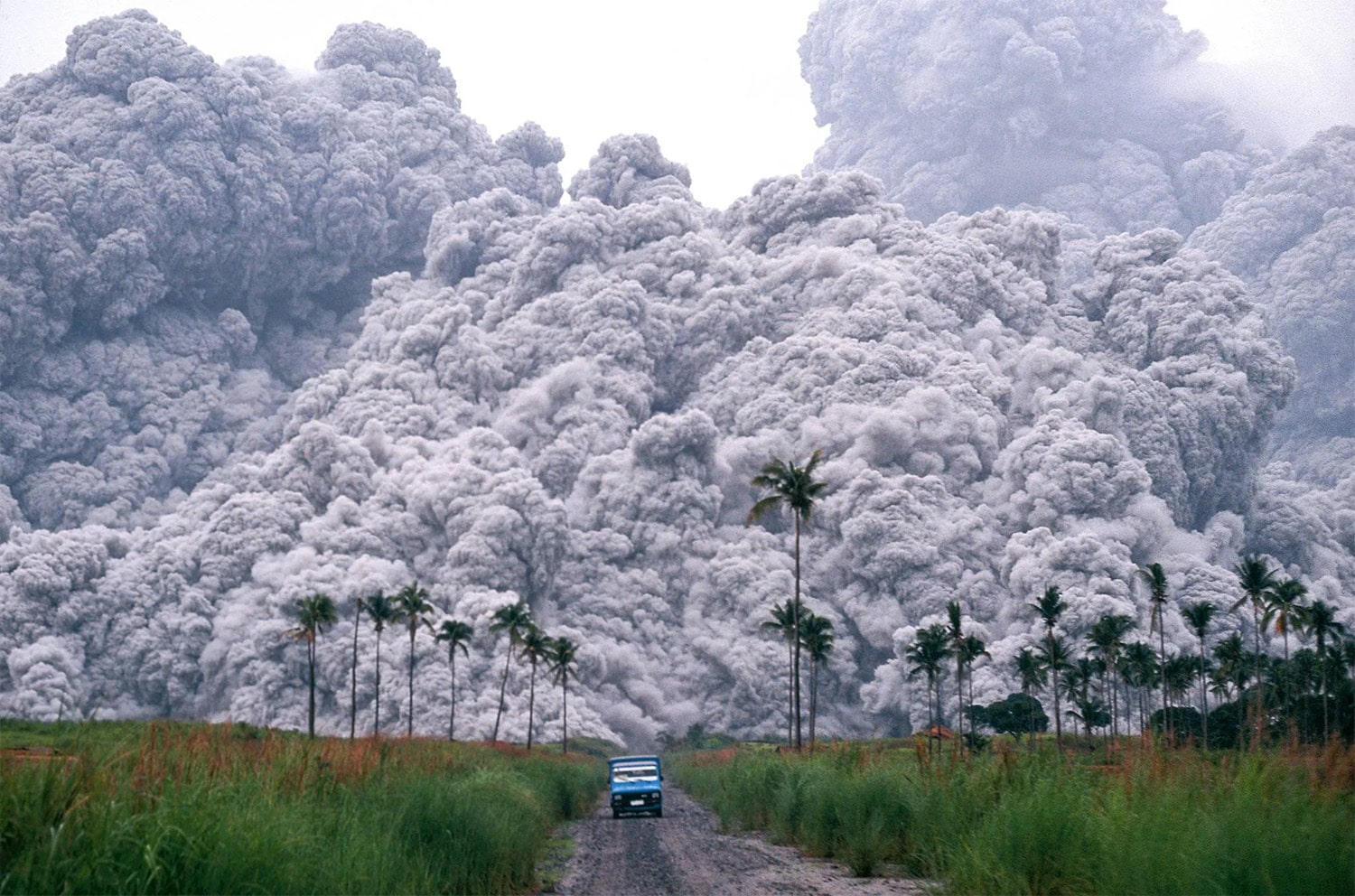
26 interesting facts about Pyroclastic flows
- 👁️ 269
Pyroclastic flows are one of the most devastating phenomena associated with volcanic eruptions. These fast-moving currents of hot gas, ash, and volcanic matter can destroy everything in their path, making them a subject of both awe and fear. Formed during explosive volcanic eruptions, pyroclastic flows can travel at speeds of up to 700 km/h (about 435 mph) and reach temperatures of about 1,000°C (about 1,832°F). Their speed and heat make them impossible to outrun, highlighting the importance of volcanic monitoring and early warning systems. Understanding pyroclastic flows is crucial for mitigating risks in volcanic regions, and ongoing research continues to uncover the complexities of these powerful natural events. Here are 26 interesting and informative facts about pyroclastic flows that reveal their nature and impact.
- Pyroclastic flows consist of a high-density mix of hot lava blocks, pumice, ash, and volcanic gas.
- They can occur without warning, making them one of the most dangerous volcanic hazards.
- The term “pyroclastic” comes from the Greek words pyro (fire) and klastos (broken).
- Pyroclastic flows can reach speeds of over 700 kilometers per hour (435 miles per hour).
- They are capable of crossing water bodies, such as lakes and seas, due to their high momentum.
- The temperature within a pyroclastic flow can exceed 1,000 degrees Celsius (1,832 degrees Fahrenheit).
- These flows can travel tens of kilometers away from the eruption site, affecting large areas.
- Pyroclastic flows are denser than air, causing them to hug the ground and flow down slopes.
- They can knock down, bury, or incinerate buildings, trees, and any other structures in their path.
- The destruction of Pompeii in 79 AD was caused by pyroclastic flows from Mount Vesuvius.
- Pyroclastic flows can generate powerful shock waves that can cause further damage.
- They are often preceded or accompanied by volcanic explosions or the collapse of a volcanic dome.
- Pyroclastic flows have been observed on other planets, indicating volcanic activity elsewhere in the solar system.
- The speed and direction of pyroclastic flows can be influenced by topography and the eruption’s energy.
- Surviving a direct hit from a pyroclastic flow is nearly impossible due to its high speed and temperature.
- Pyroclastic flows can create a phenomenon known as a lahar when they mix with water or ice, leading to deadly mudflows.
- The ash produced by pyroclastic flows can cause long-term health problems for survivors, including respiratory issues.
- Scientists study ancient pyroclastic flow deposits to understand past eruptions and predict future hazards.
- The deadliest recorded pyroclastic flow occurred during the 1902 eruption of Mount Pelée, killing approximately 30,000 people.
- Pyroclastic flows can also create “pyroclastic surges” – low-density, fast-moving flows that can climb over obstacles.
- The monitoring of volcanoes includes watching for signs that may precede pyroclastic flows, such as increased seismic activity or gas emissions.
- Pyroclastic flows are not lava flows; they contain no molten rock but are instead composed of solid and semi-solid particles and gases.
- They can cause fires in their path due to the intense heat and ignition of gases.
- Pyroclastic flows can alter the landscape dramatically, creating new landforms and altering drainage patterns.
- Some ancient civilizations revered volcanoes and pyroclastic flows as acts of gods due to their immense power and impact.
- Research into pyroclastic flows involves using computer models and simulations to predict their behavior and potential paths.
Pyroclastic flows represent one of the most formidable hazards associated with volcanic activity. Their incredible speed, heat, and power to devastate landscapes underscore the importance of volcanic research and early warning systems. Understanding these flows not only helps in mitigating risks for those living in volcanic regions but also provides insight into the dynamic processes that shape our planet. The study of pyroclastic flows continues to evolve, offering hope that future losses from these catastrophic events can be minimized.
Pyroclastic flows are one of the most devastating phenomena associated with volcanic eruptions. These fast-moving currents of hot gas, ash, and volcanic matter can destroy everything in their path, making them a subject of both awe and fear. Formed during explosive volcanic eruptions, pyroclastic flows can travel at speeds of…